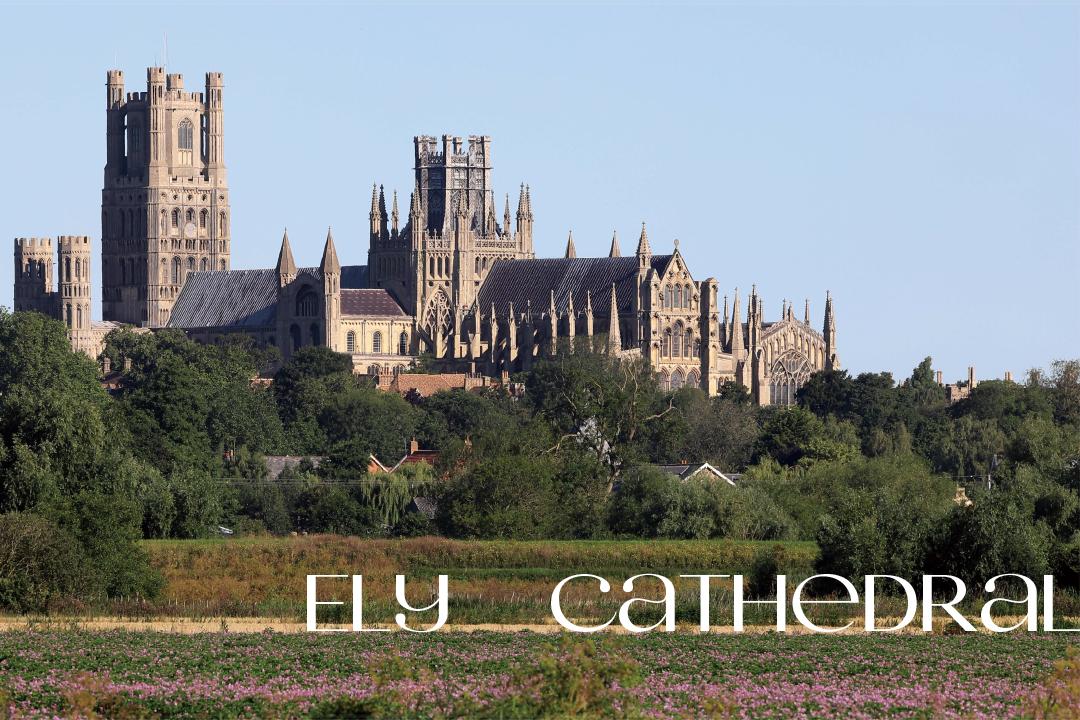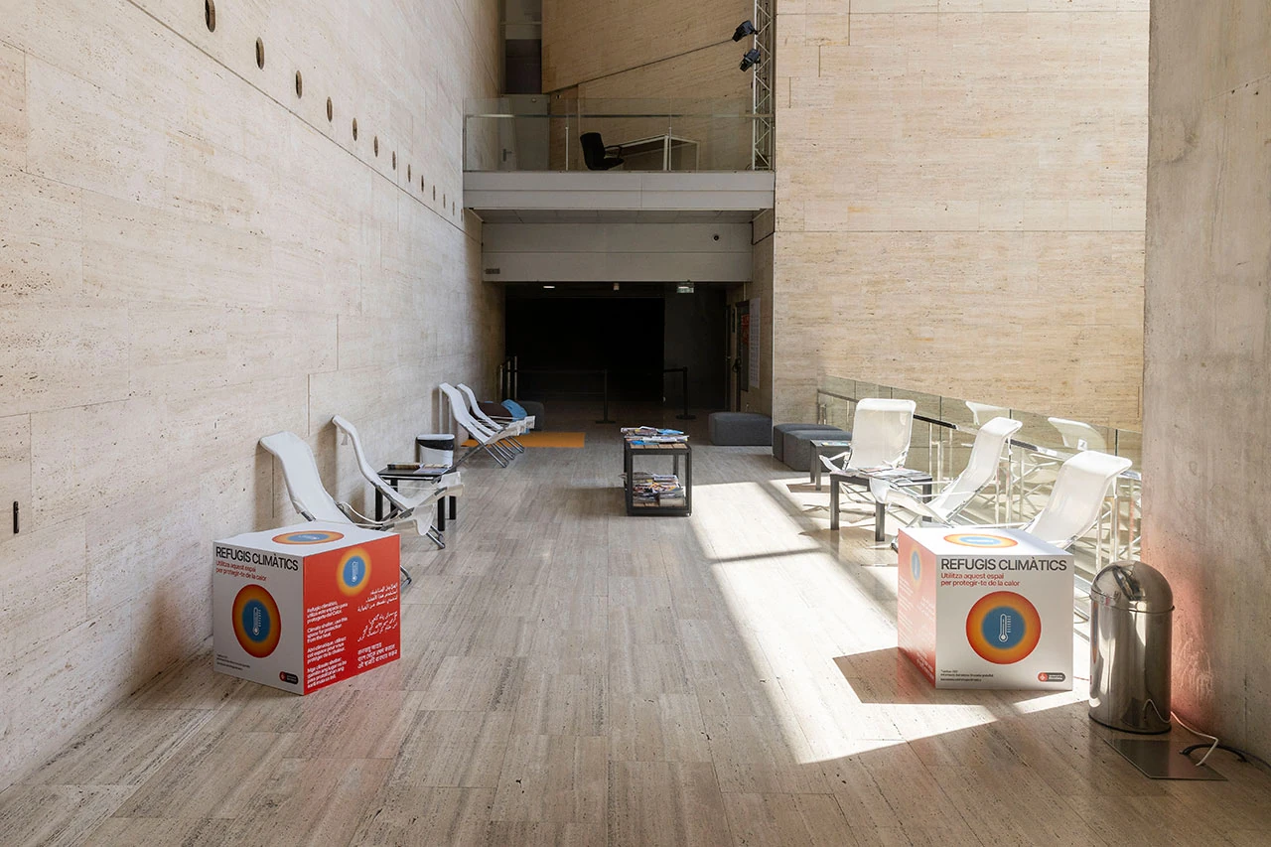As the world races toward carbon neutrality, religious communities are no exception. Among them, the Church of England stands out. As the established national church, it is often referred to as the Anglican Church in England. In 2020, the Church of England announced its goal to achieve carbon neutrality by 2030—one of the most ambitious targets set by any religious organization worldwide.
To achieve carbon neutrality, the Church of England developed the Energy Footprint Tool, enabling each diocese to calculate and manage its greenhouse gas emissions. Prior to that, it launched the #LiveLent 2020 campaign, also known as the Green Lent Campaign, inviting believers to reflect on the relationship between humanity and the Earth through 40 days of meditation and prayer in honor of Jesus’s suffering. The Church also participates in the Epiphany Declaration for Fossil Free Churches, a campaign led by the Christian climate action nonprofit Operation Noah. This initiative officially launched in March 2020 at The Economy of Francesco conference, founded by Pope Francis.
Among the churches within the Church of England, Ely Cathedral has been one of the most active in contributing to the goal of carbon neutrality. Preserving its original 11th-century Romanesque architecture, the cathedral is well known as a filming location for movies such as Jupiter Ascending and The King’s Speech. Today, it stands not only as a major tourist destination and pilgrimage site in the UK but also as a model for what it means to be an “eco-church.”
Oh Lord, why is it so cold and dark?
In the small city of Ely, located in eastern Cambridgeshire and home to a population of around 20,000, stands a massive medieval church building visible from miles away. When construction first began in the 7th century, the area was more like an island surrounded by wetlands. Until land reclamation took place in the 17th century, Ely Cathedral stood as a towering stone structure rising above the flat, marshy landscape. The name “Ely” is believed to have originated from the abundance of eels that once inhabited the surrounding fens.
Ely Cathedral was originally built as a small convent, and in 1083 it was reconstructed into the cruciform church structure seen today. At that time, England had just come under Norman rule following the Norman Conquest of 1066. With the conquest, Norman architecture—also known as Romanesque—was introduced to England, and Ely Cathedral reflects this architectural style. Although the cathedral was established in the 11th century, it was continuously expanded and modified over several centuries. As a result, the building now showcases nearly every major architectural style found in English medieval churches. The central nave displays Romanesque features; the presbytery reflects Early English Gothic; the tower and Lady Chapel represent the Decorated Gothic style; and the eastern chapel is an example of the Perpendicular style.
The defining characteristics of a medieval church become even more apparent when viewed from the inside rather than the outside. When Ely Cathedral was built, architectural techniques were not yet advanced enough to support tall structures without thick walls. Limestone quarried from Peterborough was ideal for constructing these massive walls. However, thick stone walls made it difficult to install large windows. As a result, Ely Cathedral emerged as an imposing and dimly lit stone structure—more reminiscent of a fortress than a place of worship.
The cathedral was always cold and dark. In general, thick stone walls offer poor insulation, and the limestone used as the main material for Ely Cathedral performs even worse than brick in terms of thermal transmittance (a measure of insulation relative to wall thickness). It neither retains warmth well nor blocks out the cold effectively. Heating systems were not introduced into church buildings until the 19th century, and medieval churches like Ely Cathedral had virtually no form of heating. This wasn’t simply due to the nature of church buildings, but because heating technology in the UK only began to see real development in the late 18th to early 19th centuries. As a result, churches were built with minimal windows and relied on open fires or thick carpets to fight the cold. In reality, the indoor temperature of a church was almost entirely dependent on the weather outside.
In modern times, churches across the UK began to install various heating systems. According to data distributed by the Church of England in 2008, the largest portion of greenhouse gas emissions from church buildings today is related to heating. While it can be as high as 60-70%, for large medieval churches like Ely Cathedral, this figure is about 36%. On average, one-third of greenhouse gas emissions from church buildings come from heating, and another one-third from lighting. To reduce greenhouse gas emissions, the Church of England recommends improving insulation on hot water pipes, enhancing draft-proofing, better managing lighting, maintaining boilers efficiently, replacing lighting with energy-efficient options, and improving boiler performance. Among these, the options with the greatest potential to reduce emissions are efficient lighting management (saving 1.5–30% of electricity), lighting replacement (saving 5–50% of electricity), and improving boiler performance (saving 10–15% of thermal energy).
Improving heating systems in medieval churches is complicated in many ways. This is because they house priceless historical artifacts and works of art. For example, paintings on wood or canvas can easily swell or crack, and fabric-based relics may fade or deteriorate. The church pipe organ, in particular, is famously difficult to preserve. Ely Cathedral, for instance, has a pipe organ made in 1685. In most cases, the temperature and humidity conditions required for the congregation’s comfort differ from those needed to preserve the church’s artifacts. For example, heating methods that circulate warm air may provide comfort to users but are unsuitable for preserving ceiling murals and stained glass. Church buildings are very challenging to renovate, and as historic landmarks, they are exempt from various UK government regulations on building energy efficiency. Thus, there is little incentive for churches to undertake renovations aimed at improving energy efficiency or reducing greenhouse gas emissions. Nevertheless, there is a church that has taken the initiative and committed itself to carbon neutrality — Ely Cathedral.
Ely Cathedral’s New Faith: Carbon Neutrality!
Ely Cathedral is the largest institution among the approximately 300 churches that make up the Ely Diocese and is the third-largest medieval church in England. Internally, Ely Cathedral established an environmental group called “RENEW” and adopted the “A Rocha Eco Church Award Scheme” as a framework for achieving carbon neutrality. In 2020, it received the Silver Award from A Rocha Eco Church, but it is not resting on its laurels and is currently making ongoing efforts to achieve the Gold level.
Ely Cathedral employs external consultants to measure and manage the greenhouse gas emissions produced by the church. The cathedral’s emissions are primarily related to gas usage. In the main building of the cathedral, a more than 100-year-old early radiator known as the “Gurney stove” is still in use. This stove is also registered as a historical artifact. Until 1982, it used coal as fuel, burning about 0.5 tons of coal per week to produce only 30 kW of energy, which was very inefficient. Currently, natural gas is used. There are also gas boilers installed mainly in the Lady Chapel, offices, clergy residences, and kitchen.
Ely Cathedral is preparing to replace the Gurney stove and gas boilers with air-source heat pumps. They plan to operate the heat pumps using renewable energy generated by solar panels. In fact, some solar panels were already installed on the church rooftop in 2021.
Another major source of greenhouse gas emissions in medieval churches is lighting, and Ely Cathedral has replaced all of its lighting with LEDs. At the time Ely Cathedral was built, it seems they did not anticipate using the church building at night, so the original lighting was minimal. Indoor lighting came from campfires, candles, rushlights, and torches, but even these were used only occasionally, such as for reading or banquets. It wasn’t until the 1840s that gas lamps were installed, and replicating the bluish-white color of those gas lamps with modern LEDs was reportedly quite challenging.
Ely Cathedral is also passionate about conserving the local ecosystem. They have formed a group called “The Bee Team” to specially care for bees and their hives, and the honey harvested is sold at the “Green Fair,” an event held with the local community. In addition, the cathedral participates in the “Cambridgeshire Churches Conservation Award Scheme,” putting into practice their belief that churches should take an active role in preserving the local ecosystem.
Ely Cathedral actively connects its carbon-neutral efforts with faith. Every Saturday morning, church members and local residents come together for litter-picking activities, and monthly prayer meetings for the environment are also held. This is based on the belief that as Christians, everyone has a responsibility to care for our common home and to look after vulnerable neighbors who are most affected by the climate crisis. In this sense, the carbon neutrality pursued by the cathedral is not something new, but rather a practice of the fundamental values that faith upholds. To overcome the limits of technology and achieve carbon neutrality, a deep transformation in lifestyle and awareness is necessary. Ely Cathedral is accomplishing this challenging task.
▶ This article is a contribution to the bimonthly magazine “A World Illuminated by Light” published by Korea Electric Power Corporation (KEPCO).
https://home.kepco.co.kr/kepco/front/html/WZ/2023_05_06/sub3_4.html











